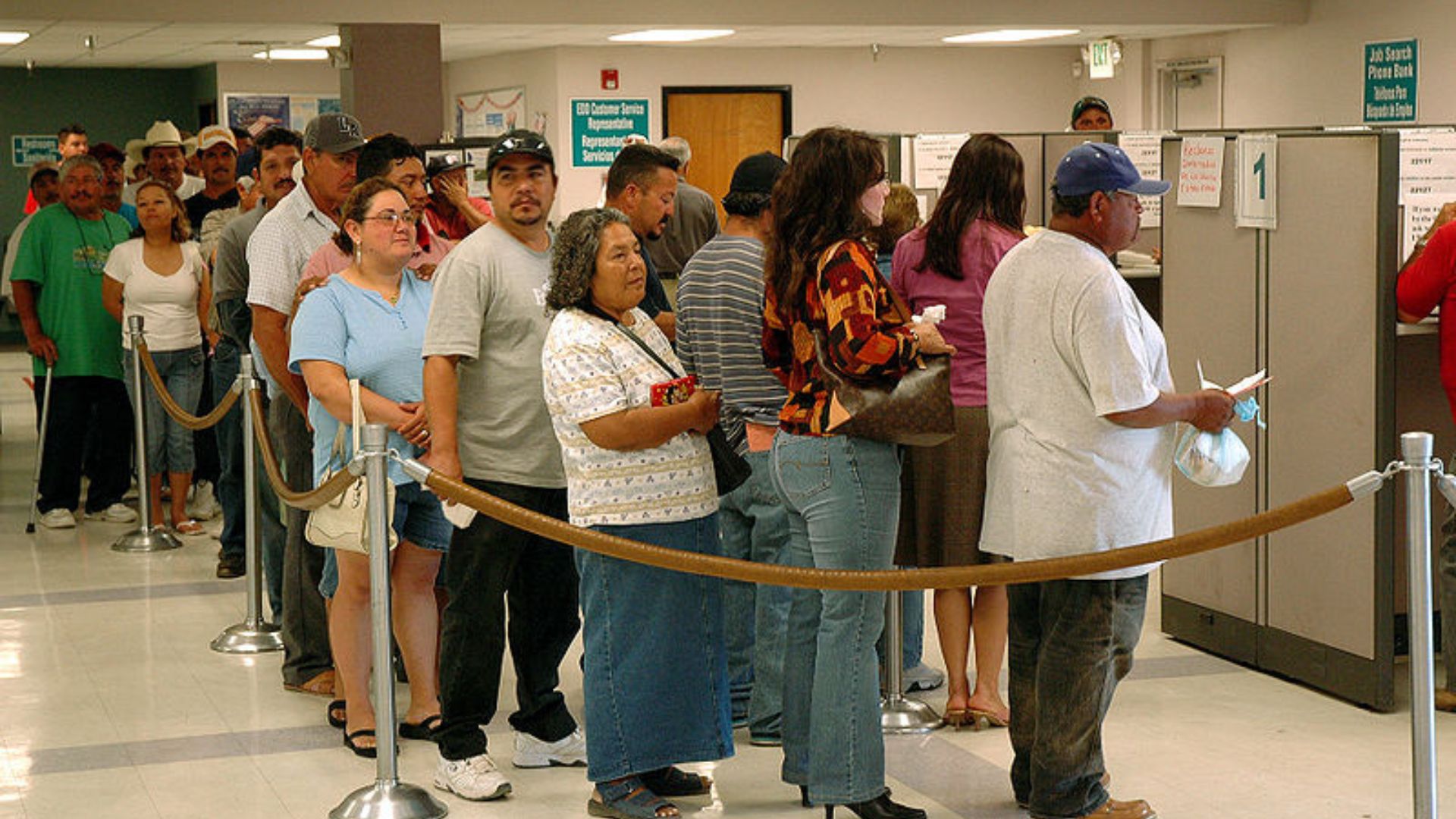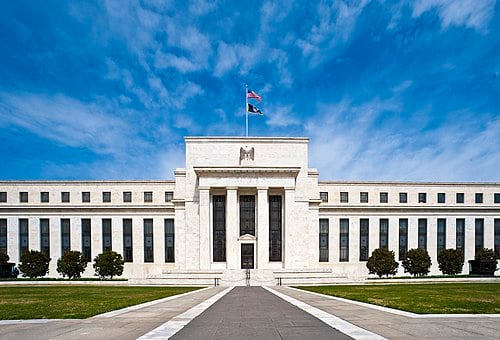The U.S. job market was not as robust as it seemed throughout much of 2023 and early 2024, according to a recent government revision of employment data.
The Bureau of Labor Statistics reported Wednesday that employers added 818,000 fewer jobs in the year ending March 2024 than initially reported.
Revised Job Growth Figures

Job growth averaged 174,000 per month during this period, a decrease of 68,000 from the 242,000 jobs previously estimated.
This revised data follows July’s disappointing employment report, which raised concerns about the U.S. economy potentially faltering under the highest interest rates in 23 years.
Downward Revision

Economists suggest that the downward revision highlights a slowing labor market and could strengthen the Federal Reserve’s inclination to reduce interest rates soon.
“The labor market appears weaker than originally reported,” said Jeffrey Roach, chief economist at LPL Financial, in an email. “A deteriorating labor market will allow the Fed to highlight both sides of the dual mandate and investors should expect the Fed to prepare markets for a cut at the September meeting.”
Insights on Updated Jobs Data

rawpixel.com/Freepik
Here’s what experts have to say about the updated jobs data.
This revision is part of the government’s annual benchmark adjustment to labor market data, aimed at providing a more accurate reflection by including changes in company formations and closures.
Discrepancy in U.S. Job Market Strength

The U.S. job market was not as strong as it appeared, with 818,000 jobs being revised out of the report.
This adjustment highlights a significant discrepancy in previous employment estimates.
Larger-than-Usual Revision in Employment Data

According to Roach, this revision is significantly larger than those in previous years.
“Average annual revisions over the past decade were +/- 0.1% of total employment. For this current round, the revisions indicate an adjustment of -0.5%,” he noted.
Unauthorized Immigrants

Goldman Sachs economists suggested that the larger revision might be attributed to the exclusion of unauthorized immigrants from the QCEW data.
These individuals are often ineligible for unemployment benefits and might not be fully counted.
Revision May Omit Up to 500,000 Unauthorized Workers

Revision May Omit Up to 500,000 Unauthorized Workers
The professional services and hospitality industries saw the largest downward revisions, according to Roach. “In contrast, transportation and warehousing industries are expected to be revised higher,” he wrote. “It’s not surprising that the leisure and hospitality sector is the most volatile.”
Unemployment Rate Remains Unchanged

The revisions do not alter the unemployment rate because it is calculated using a different survey, PNC chief economist Gus Faucher explained.
The unemployment rate increased in July for the fourth consecutive month, reaching a still-low 4.3%.
Federal Reserve Likely to Lower Benchmark Rate

Economists believe that the weaker jobs data makes it almost certain that the Federal Reserve will lower its benchmark rate at its September 18 meeting.
However, opinions differ on whether the reduction will be 0.25 percentage points or a larger 0.50 percentage points.
Larger Reduction Possible

“We do not expect the benchmark revision to influence the size of the Fed’s first rate cut in September — we think they will be conservative with a 25 bps rate cut,” said Ben Ayers, senior economist at Nationwide, in an email.
“Calls for a larger, 50 bps decline will become louder if the August jobs report comes in weaker than expected and there are more signs of businesses retrenching,” he added.
Job Increase in August

The August jobs report is scheduled for release on September 6.
FactSet projects it will reveal an increase of 175,000 jobs for the month.








































